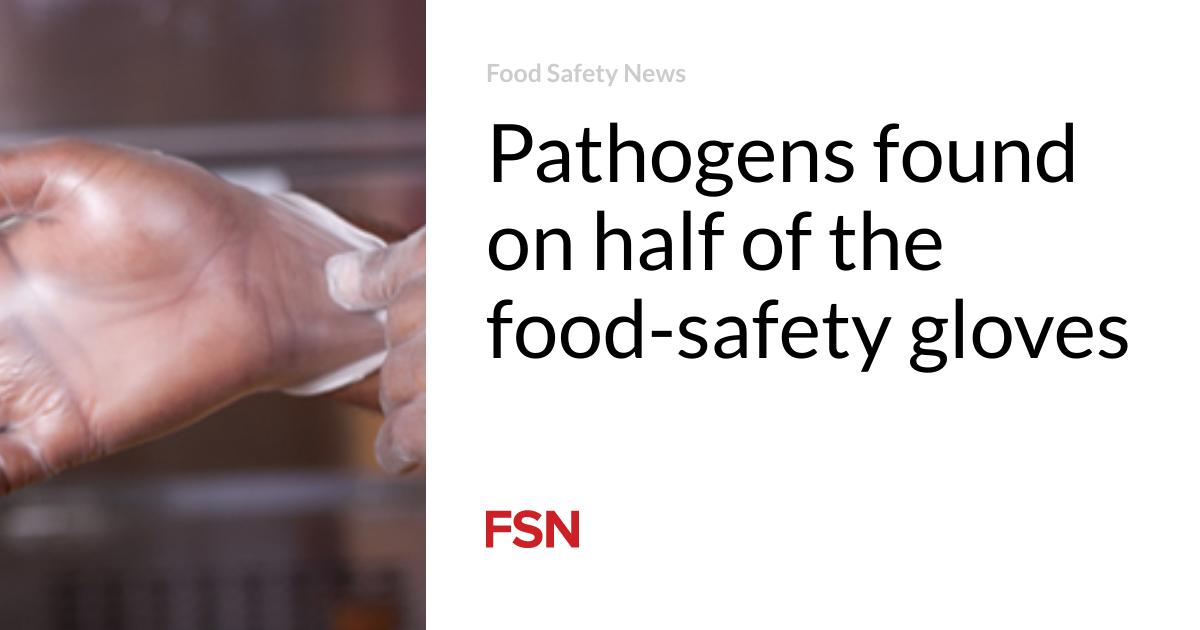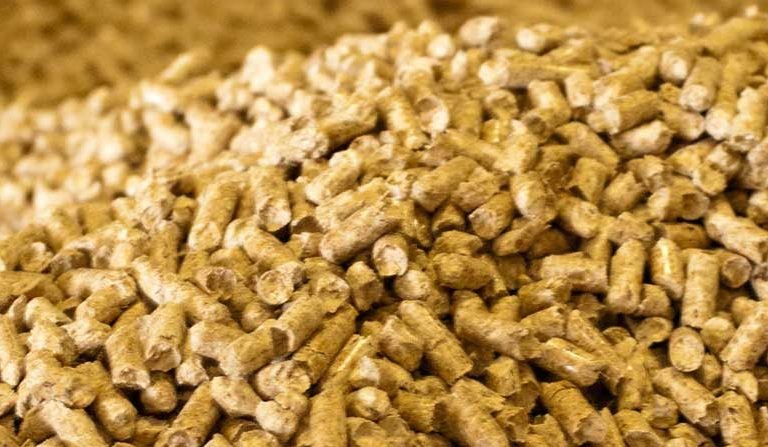Steve Ardagh, chief executive officer for Eagle Protect, is known as “The Glove Guy.” Food Safety News met him at the International Association for Food Protection’s 2021 trade show. It was then we learned about his multi-year microbial analysis of potential pathogenic glove contamination.
Eagle Protect, which started out in New Zealand before moving to California, is now out with the results of that five-year study revealing the widespread risk of contamination in the disposable glove industry. In collaboration with the B. Michaels Group, the findings were presented at the 2022 International Association for Food Protection (IAFP) annual meeting,
It has led Eagle Protect to develop and launch a multi-layered glove quality verification process, with a new industry standard for compliance – the Delta Zero quality verification program.
“In the effort to mitigate glove contamination risks to multiple industries and glove users, we’ve spent the last few years refining our Delta Zero verification process,” said Steve Ardagh, CEO of Eagle Protect. “It’s a proprietary, multi-layered, five-point testing process that ensures Eagle gloves strictly adhere to the industry’s highest level of safety and performance.”
Though most of the general public remains unaware, there are significant limitations within the FDA’s current food glove compliance requirements.
Ardagh says the FDA’s own code for imported gloves and PPE equipment (FDA Title 21, Part 177) does not specifically require them to be intact, clean, or sanitary, nor are they subject to routine testing upon arrival. Furthermore, the current test report for imported products that do occur carries no expiry date to compare them to any previous testing.
This loophole opens the door for manufacturers to alter raw materials, composition, and even their own quality assurance standards — greatly enhancing the possibility of mislabeled and fraudulent products from unscrupulous industry suppliers.
The industry commonly refers to this lack of compliance standards as the “Glove Safety Gap” — an issue that Eagle Protect felt necessary to address head-on. Knowing that the general public expects disposable gloves and other PPE products to be clean, sanitary, and intact, the company responded with direct action.
Eagle Protect adheres to a strict supplier code of conduct, which encourages independent third-party auditing, and follows a single-source model. Through a recent partnership with Rfider, Eagle also added supply chain traceability for its product lines.
Now featured prominently on a growing range of the company’s nitrile glove packaging, Eagle Protect’s Delta Zero badge certifies that their products have undergone third-party laboratory testing, passing a stringent set of standards that guarantees adherence to the highest level of consistency, safety, and performance.
The certification includes a five-factor safety and performance verification process, including third-party lab testing that ensures quality raw materials, and the absence of unsafe chemicals, toxins, and microbial contaminants that pose health and safety risks to glove wearers.
“We can reduce the risk of glove-related contamination in the U.S., provided suppliers source products from reputable manufacturers who adhere to the highest consistent standard of raw materials and quality manufacturing processes,” said Ardagh. “The Delta Zero badge solidifies our commitment to reliable quality assurance and enhanced auditing practices, as represented by our unique Eagle Standard. We can assure our customers they’re buying a high-quality product, manufactured to the strictest standards of safety, hygiene, and performance.”
The five-year study found human fecal indicators on 50 percent of new and unused, off-the-shelve gloves along with other foodborne pathogens and microbes including Bacillus cereus, Bacillus anthracis, Listeria monocytogenes, Clostridiocles difficile, Staphylococcus, Pseudomonas aeruginosa, and Streptococcus pneumonia.
Michaels, a leading microbiologist, ran the study, which involved 2,800 new and unused U.S. glove imports representing 26 different brands — all tested independently. Over 250 different viable microbial species were found on both the interior and exterior surfaces of the tested gloves
With the study, Ardagh strengthens his argument that FDA’s current standards for disposable gloves are insufficient because there is no requirement that they are clean or intact and inspection procedures are weak. “The Glove Guy,” says the weak standards and inspections mean many disposable gloves put food safety at risk.
The study, “Validation of the Single Use Glove Microbiome Shotgun WGS Metagenomic Analysis,” is found in the Journal of Food Protection.
Disposable gloves are intended as a defense against bare-banded cross-contamination, but a “food-compliant” glove might do more harm than good if it is contaminated as it comes off the production line.
Ardagh told Food Safety News that is why Eagle Protect gloves were already subject to “fingerprint” analysis involving several tests to ensure quality that exceeds FDA compliance. These include:
- Gas Chromatography-Mass Spectrometry — The chemical signature of glove raw material ingredients are tested to determine consistency in manufacturing and make sure no toxic chemicals are found that could impact food safety and the health of the glove user.
- Physical Chemistry — Specific glove type can risk pathogen cross-contamination in ready-to-eat foods. The surface tension of liquids or semi-liquids is tested for surface-free energy. It determines cross-contamination or transfers potential.
- Microbial Analysis -– Provides specific points for how gloves are manufactured to protect against intentional or accidental contamination.
- AQL, Strength & Elongation Puncture Resistance — Structural integrity tests to ensure gloves exceed medical-grade AGL requirements, preventing pinhole defects.
- In Vitro Cytotoxicity Analysis –– Testing for chemicals, pesticides, microbial contaminants, endotoxins, glycols, detergents, soaps, oils, and others.
Eagle’s Ardagh says the production and manufacture of food contact gloves are largely unregulated with limited and infrequent glove polymer migration testing. Eagle consequently developed its battery of tests, which it calls the “Fingerprint Glove Analysis.”
Third parties conduct the tests, cutting the risk for Eagle.
FDA’s Current Good Manufacturing Program for food contact gloves requires that they be “in intact, clean, and sanitary conditions.” Impermeable material is preferred.
To be “FDA compliant for food handling,” gloves should be lab-tested once for substances generally recognized as safe for food or food packaging. No repeat testing is required.
Ardagh has said that minimal and infrequent testing means there are food-compliant gloves on the market that are not free from harmful toxic chemicals. Eagle Protect independent microbial contaminant analysis of 25 new and unused food gloves found E. coli, listeria, mold, fungus, feces, and other pathogens.
Eagle is also promoting “Glove Traceability,” with each container and lot number providing “a unique and transparent look into the glove’s supply chain.” Glove traceability protects against fraud and provides specific product specifications, quality and compliance certifications, and fingerprint test results.
Ardagh says Eagle’s traceability system addresses FDA’s “New Era” of Smarter Food Safety.
(To sign up for a free subscription to Food Safety News, click here.)












